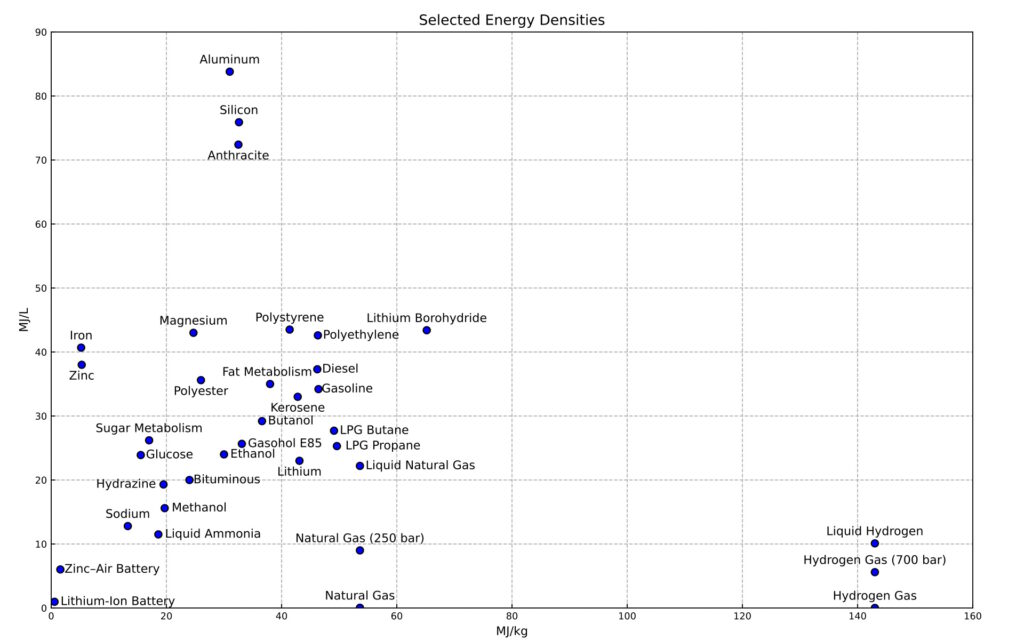Throughout this website we use a lot of industry specific jargon, so, to make things easier for everyone, I have created this page to give a quick tour of the key language we use, and also some help on units, such as relating to energy, which are used repeatedly.
The first thing to say is that the site aims to follow the most common practice in Europe, which is to say, mostly ISO standards, mostly SI units, and mostly British English.
The most urgent topic is the unit of energy used. This is tragically not at all standardised globally, not even within industry. We still mix our British Thermal Units with our calories, joules, foot-pounds, ergs and kilowatt hours. I apologise on behalf of all the engineers who led us to this place, but here we are. All I can offer is this handy website which allows unit conversion.
This site will use both Joules (J) and watt hours (Wh) depending on context, as well as the prefixes ordained by the International Bureau of Weights and Measures, k for kilo- (thousand), M for mega- (million), m for milli- (thousandth, and so on). It will be similar for units of length (m), force (N), torque(Nm) and so on.
Alas, temperature will flip between degrees Celsius (°C) and kelvin (K) – another one the scientific community differs from the general public on, and will probably never be resolved.
Mass too will flip: from kg to tonnes (NB the metric tonne – 1000kg) and volume will flip between litres (L) and cubic metres (m3).
Pressure is another messy one, kilopascals (kPa) is the ideal, but we will see Atm (atmospheres) for time to time. This site will try to avoid millimetres of mercury (mmHg), pounds per square inch (PSI) and the even more obscure cmH2O (centimetres of water) sometimes used for air and gas ducting where a water piloto tube is a cheap barometer. We will take care to avoid mixing up gauge pressure with absolute pressure, and if you are unsure about that that means, the pressure in your car tyres is probably higher than you realise.
Thankfully, power (rate of energy flow) which will be mentioned often in these pages is much more consistent, horsepower is largely replaced with kilowatts (kW).
The next technical area one needs to be familiar with to get the best from this site is the topic of “energy content” or more specifically the “energy density”.
The energy contained in a unit of fuel, such as a litre of petrol (gasoline), a cubic metre of methane (main component of natural gas) or perhaps a chocolate chip cookie. As we have already established this will be reported in joules, it is worth having a feeling for how the energy density varies between these things.

In the above image (source) we can the quantity of energy contained in various fuels, foods and materials plotted against volume and mass. It is well worth getting a good feeling for this chart as it becomes crucial when comparing batteries to hydrogen to biofuels to fossil fuels. The units are MJ/L or MJ/kg, though these are essentially the same as the Calorie info you see on the foods you buy – we already know fat is higher in calories than carbs for example.
You will also see that batteries, even lithium-ion batteries are way down in the bottom left – something to be well aware of.